Beicheng Lou
Wormhole MAML: Meta-Learning in Glued Parameter Space
Dec 28, 2022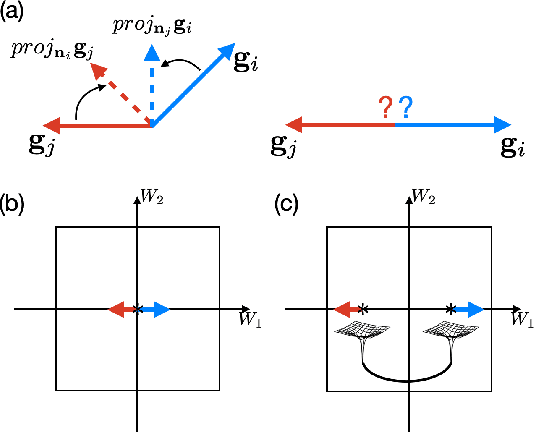

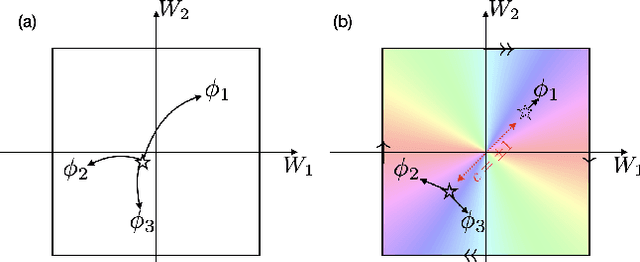
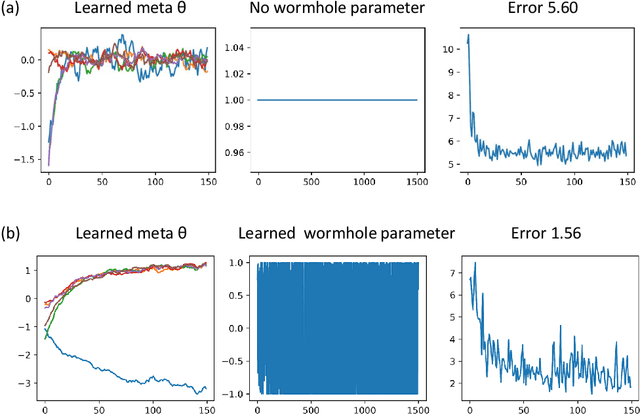
Abstract:In this paper, we introduce a novel variation of model-agnostic meta-learning, where an extra multiplicative parameter is introduced in the inner-loop adaptation. Our variation creates a shortcut in the parameter space for the inner-loop adaptation and increases model expressivity in a highly controllable manner. We show both theoretically and numerically that our variation alleviates the problem of conflicting gradients and improves training dynamics. We conduct experiments on 3 distinctive problems, including a toy classification problem for threshold comparison, a regression problem for wavelet transform, and a classification problem on MNIST. We also discuss ways to generalize our method to a broader class of problems.
Saved You A Click: Automatically Answering Clickbait Titles
Dec 15, 2022Abstract:Often clickbait articles have a title that is phrased as a question or vague teaser that entices the user to click on the link and read the article to find the explanation. We developed a system that will automatically find the answer or explanation of the clickbait hook from the website text so that the user does not need to read through the text themselves. We fine-tune an extractive question and answering model (RoBERTa) and an abstractive one (T5), using data scraped from the 'StopClickbait' Facebook pages and Reddit's 'SavedYouAClick' subforum. We find that both extractive and abstractive models improve significantly after finetuning. We find that the extractive model performs slightly better according to ROUGE scores, while the abstractive one has a slight edge in terms of BERTscores.
Compressed imitation learning
Sep 18, 2020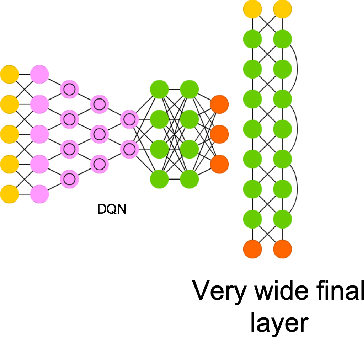
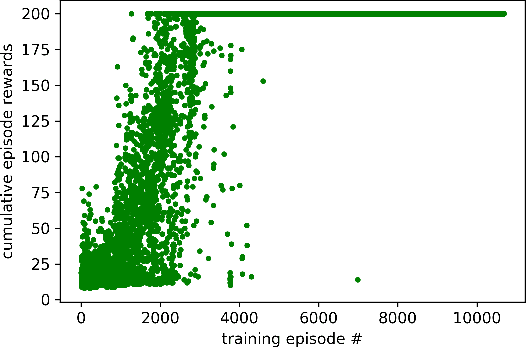
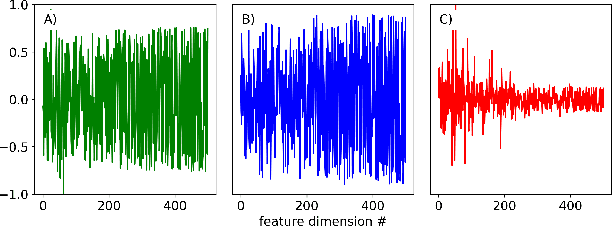
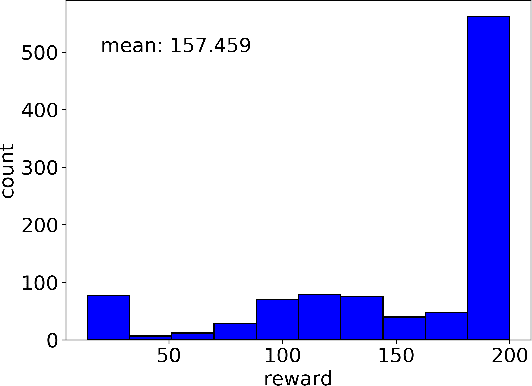
Abstract:In analogy to compressed sensing, which allows sample-efficient signal reconstruction given prior knowledge of its sparsity in frequency domain, we propose to utilize policy simplicity (Occam's Razor) as a prior to enable sample-efficient imitation learning. We first demonstrated the feasibility of this scheme on linear case where state-value function can be sampled directly. We also extended the scheme to scenarios where only actions are visible and scenarios where the policy is obtained from nonlinear network. The method is benchmarked against behavior cloning and results in significantly higher scores with limited expert demonstrations.
TunaGAN: Interpretable GAN for Smart Editing
Aug 16, 2019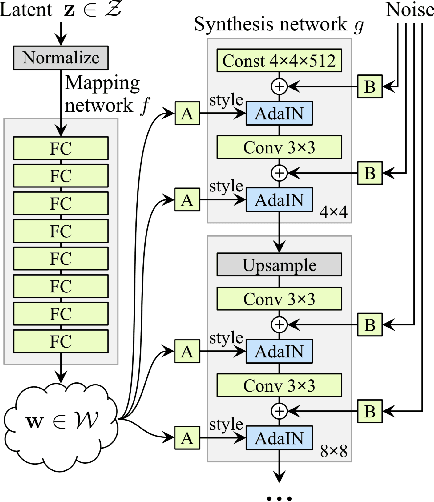

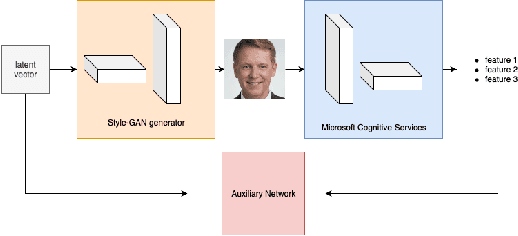

Abstract:In this paper, we introduce a tunable generative adversary network (TunaGAN) that uses an auxiliary network on top of existing generator networks (Style-GAN) to modify high-resolution face images according to user's high-level instructions, with good qualitative and quantitative performance. To optimize for feature disentanglement, we also investigate two different latent space that could be traversed for modification. The problem of mode collapse is characterized in detail for model robustness. This work could be easily extended to content-aware image editor based on other GANs and provide insight on mode collapse problems in more general settings.
 Add to Chrome
Add to Chrome Add to Firefox
Add to Firefox Add to Edge
Add to Edge